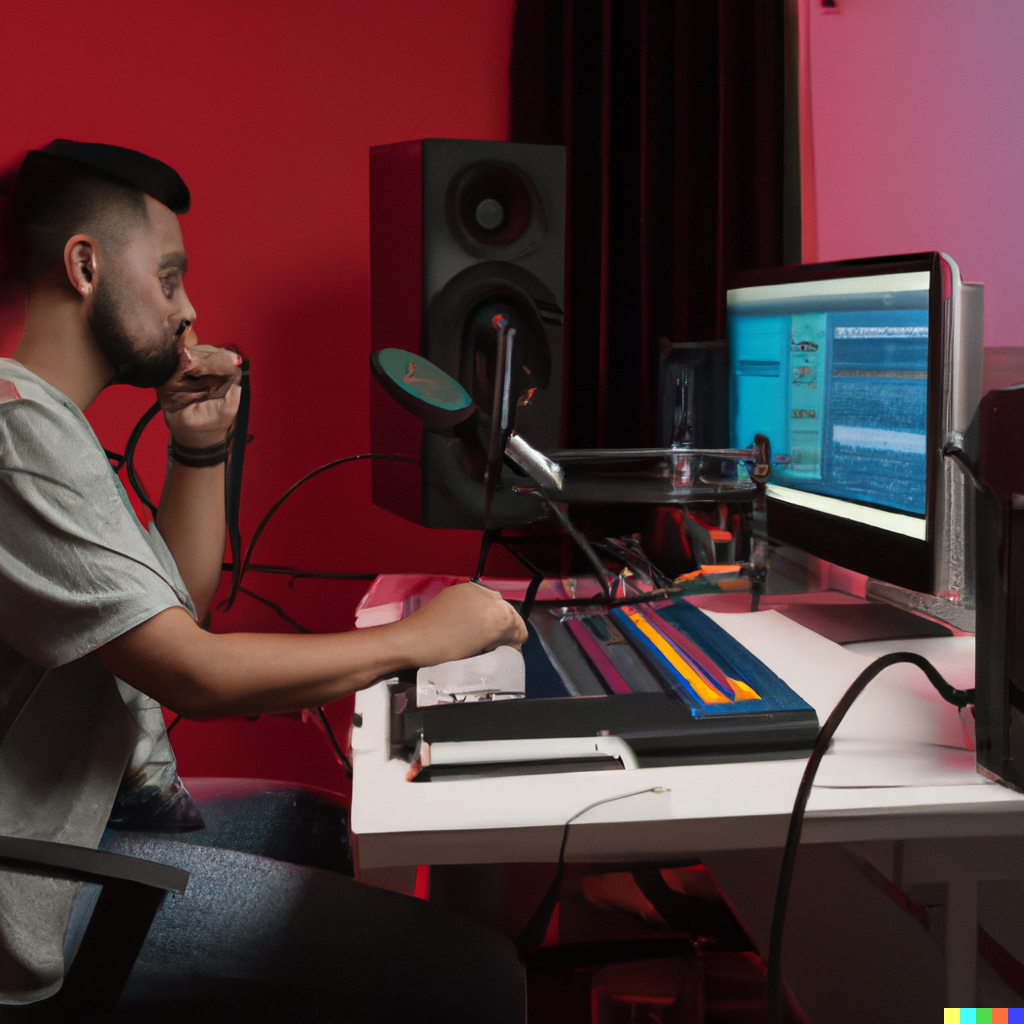
Editing and processing audio is a critical step in producing high-quality recordings.
In this article, we will discuss some common techniques used to edit and process audio.
Editing Techniques
Editing is the process of manipulating audio to remove unwanted parts or enhance specific sections. The most commonly used editing techniques are:
- Cut and Paste: Cutting and pasting sections of audio to remove unwanted parts or create loops.
- Crossfading: Fading out the end of one section while fading in the beginning of the next section to create a smooth transition.
- Time Stretching: Changing the speed of the audio to match the tempo of the song or create a specific effect.
EQ and Compression
EQ and compression are two essential tools used in processing audio. EQ is used to adjust the balance of frequencies in a recording, while compression is used to even out the volume levels.
EQ can be used to reduce or boost certain frequencies to make the recording sound better. For example, boosting the low frequencies can add warmth and depth to a recording, while reducing the high frequencies can reduce harshness.
Compression is used to control the dynamic range of a recording. By reducing the volume of loud parts and increasing the volume of soft parts, compression can create a more even and consistent sound. However, it’s essential to use compression sparingly, as over-compression can result in a lifeless and flat recording.
Reverb and Delay
Reverb and delay are two effects that can be used to add depth and character to a recording. Reverb is used to simulate the sound of a room, while delay is used to create an echo effect.
Reverb can be used to add a sense of space and ambience to a recording. For example, a drum kit recorded in a small room can sound dry and lifeless, but adding reverb can make it sound like it was recorded in a larger space.
Delay can be used to create a sense of space and add interest to a recording. For example, adding a slapback delay to a vocal can create a unique effect that makes the vocal stand out.
Conclusion
Editing and processing audio is an essential step in producing high-quality recordings. By using the right techniques and tools, you can enhance the sound of your recordings and create a professional-sounding final product. Remember to use these techniques sparingly and experiment with different settings to find the right balance for your recording.
Leave a Reply